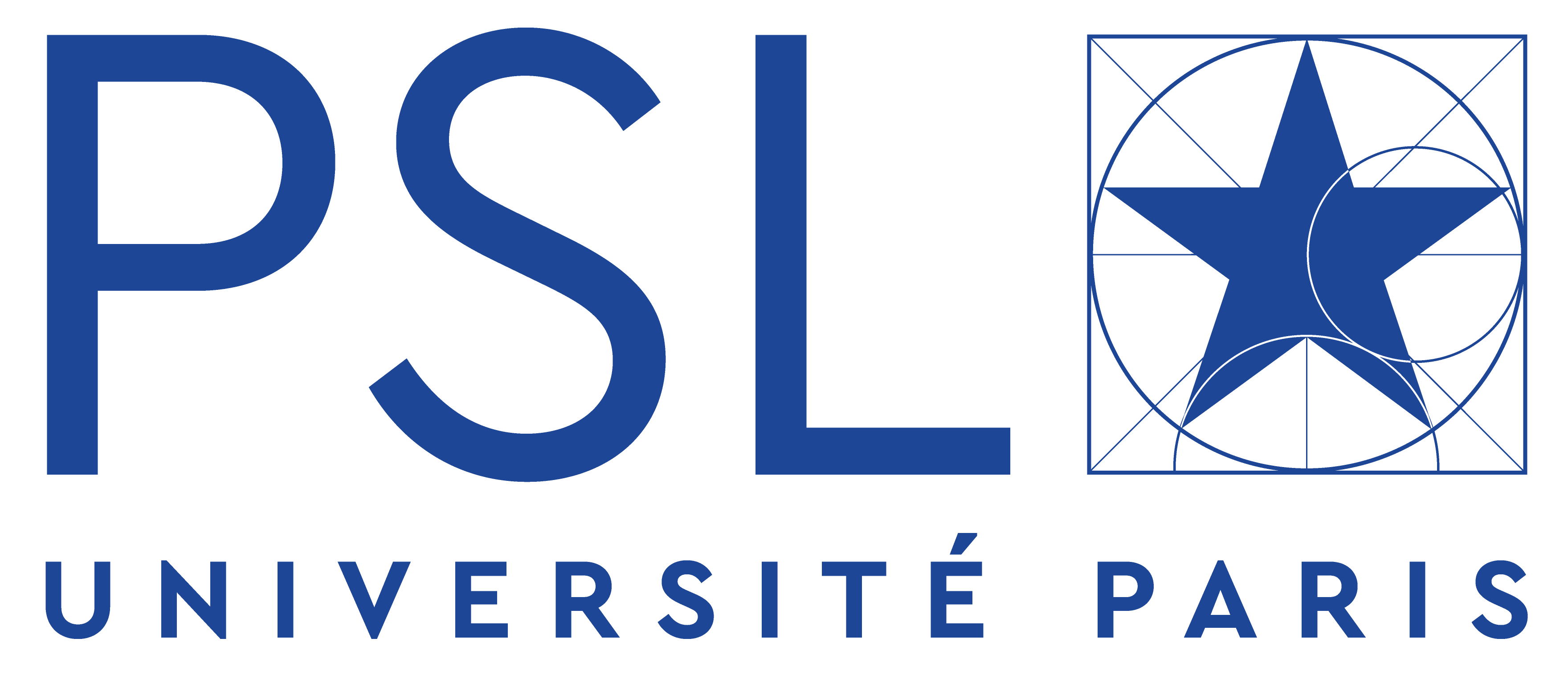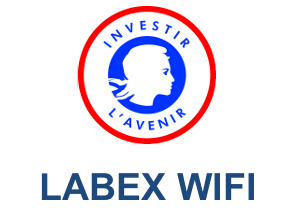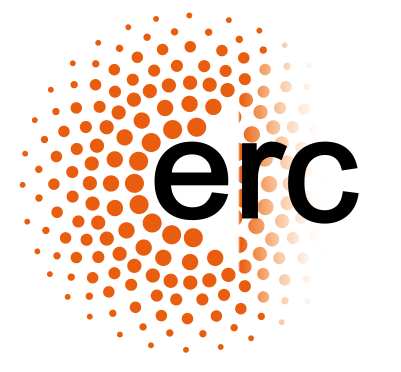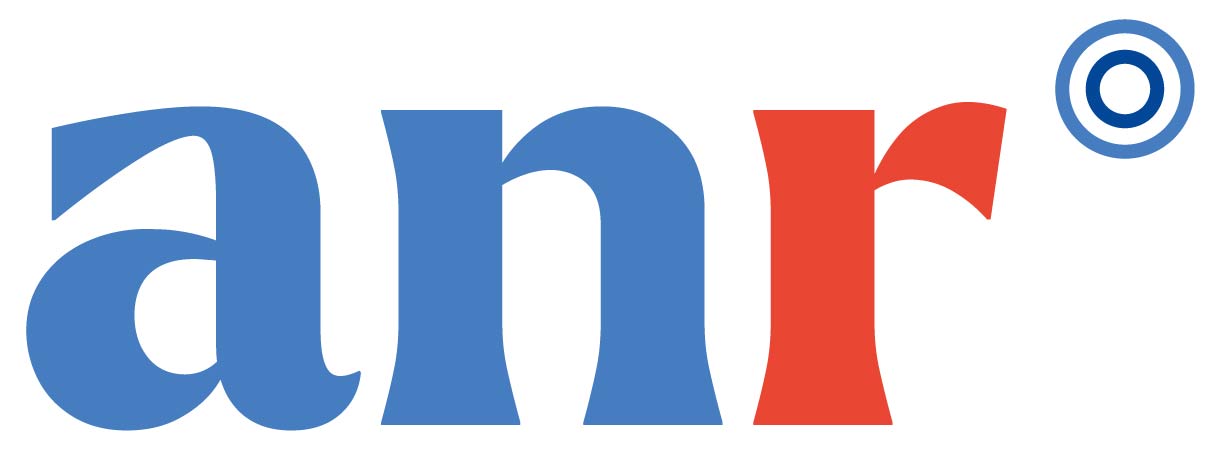Ondes, complexité et information (OCI)
Responsable
| Alexandre AUBRY Tél. : 01 80 96 30 66 |
Co-responsable
| Sébastien POPOFF Tél. : 01 80 96 39 48 |
Membres permanents
| Alexandre AUBRY Tél. : 01 80 96 30 66 |
| Julien DE ROSNY Tél. : 01 80 96 30 52 |
| Arnaud DERODE Tél. : 01 80 96 30 67 |
| Mathias FINK Tél. : 01 80 96 30 69 |
| Emmanuel FORT Tél. : 01 80 96 30 35 |
| Abdelwaheb OURIR Tél. : 01 80 96 30 39 |
| Sébastien POPOFF Tél. : 01 80 96 39 48 |
Actualités
Présentation du thème
Les avancées technologiques et scientifiques des quinze dernières années, auxquelles l’Institut Langevin a contribué de manière pionnière, ont considérablement élargi notre capacité à contrôler les champs optiques, électromagnétiques et acoustiques avec une précision spatio-temporelle sans précédent. Grâce à ces progrès, il est désormais possible d’explorer et d’exploiter un nombre impressionnant de degrés de liberté, ouvrant ainsi des perspectives innovantes pour de nombreuses applications.
D’une part, les télécommunications bénéficient particulièrement de ces avancées, permettant des transmissions plus rapides, plus fiables et plus sécurisées. D’autre part, l’imagerie en milieux complexes profite largement de ces progrès grâce à une approche matricielle exhaustive, exploitant toute l’information disponible pour améliorer significativement la qualité et la précision des images obtenues.
En parallèle à ces travaux appliqués, des études plus fondamentales sont menées, notamment sur les ondes de gravité, qui sont particulièrement adaptées pour l’exploration des milieux dépendant du temps. Ces recherches fondamentales sont essentielles pour approfondir notre compréhension des phénomènes complexes et ouvrir de nouvelles voies de recherche.
Ainsi, la manipulation de l’information dans des milieux complexes devient plus sophistiquée et efficace, facilitant des développements dans divers secteurs tels que la médecine, les sciences de la terre, l’ingénierie, et bien d’autres.
En somme, les contributions de l’Institut Langevin jouent un rôle crucial dans la transformation de ces découvertes scientifiques en solutions pratiques et innovantes, redéfinissant ainsi les frontières de ce qui est possible.













